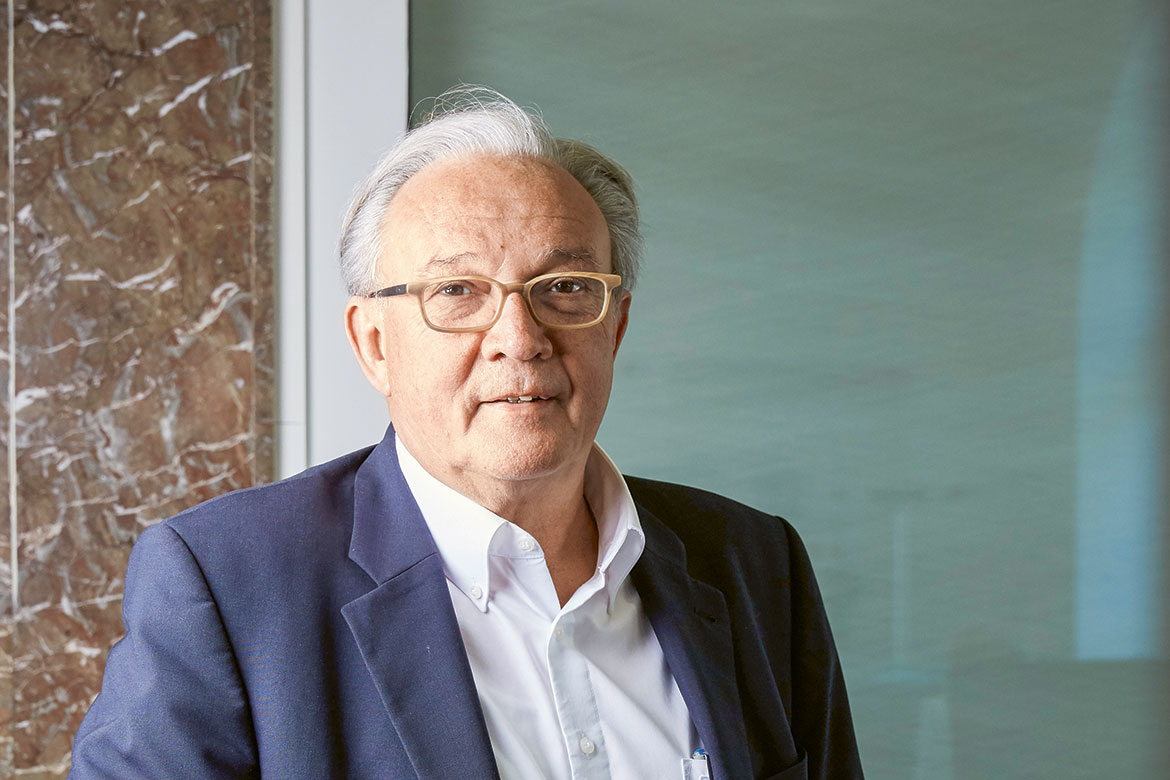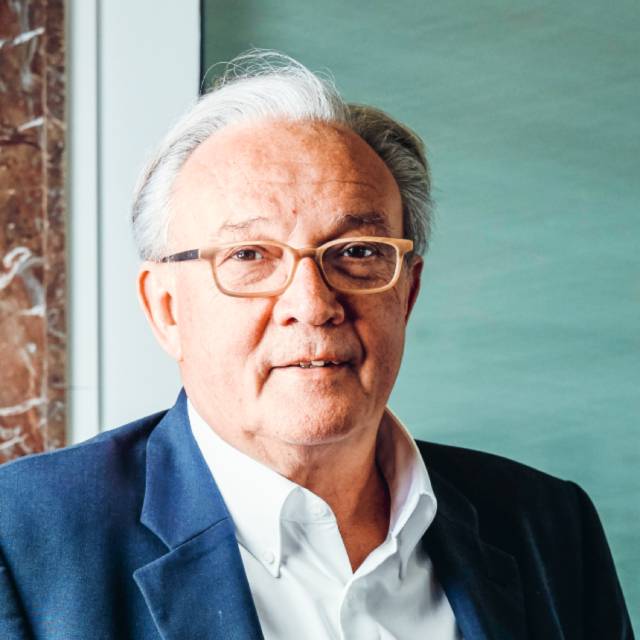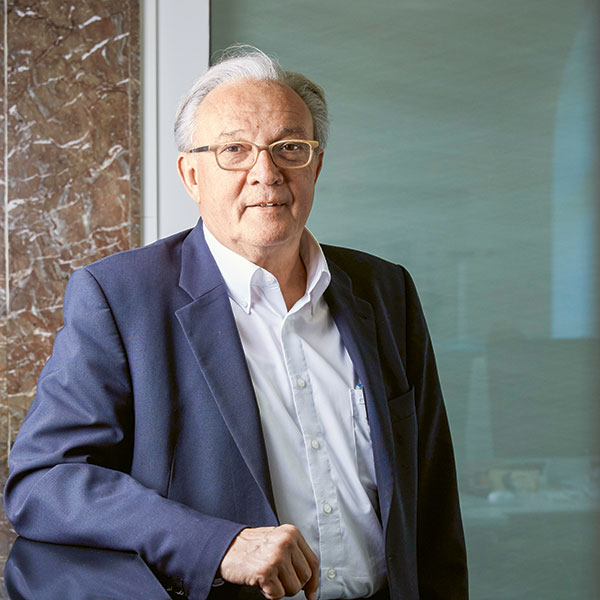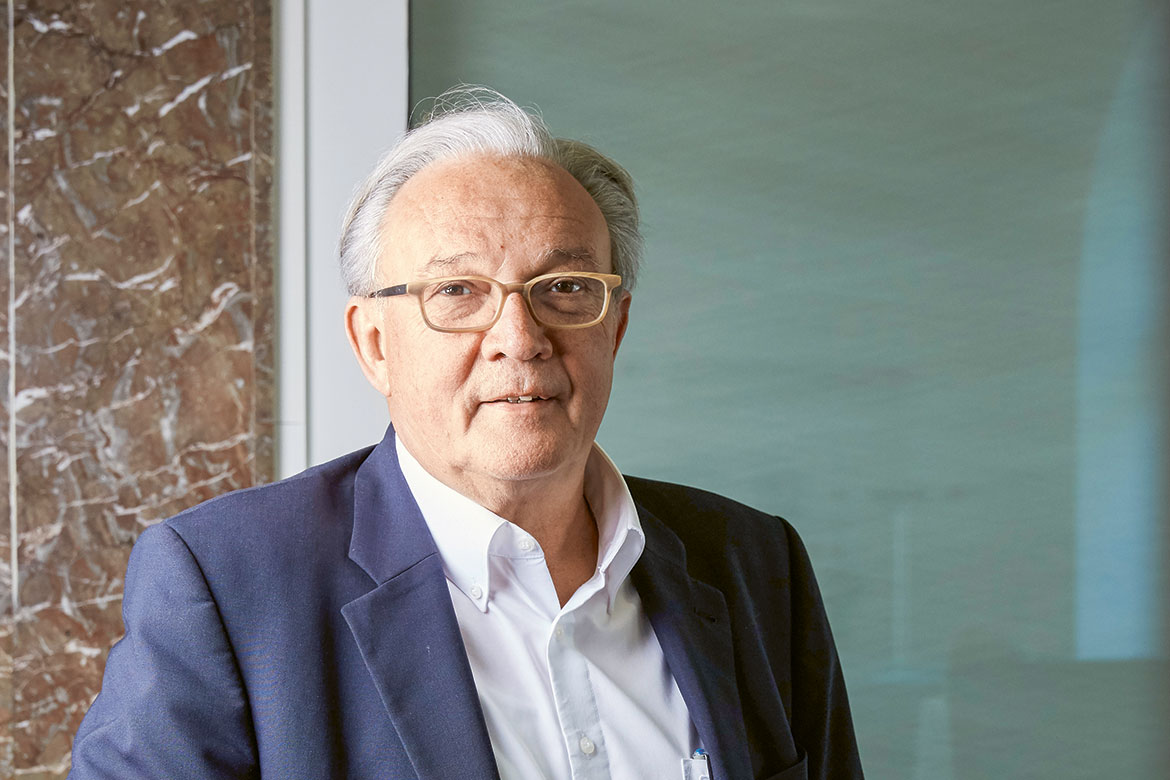Column
Marcel Tanner: Of urbanisation and transdisciplinarity
Cities develop through people, not just by building houses and roads, explains Marcel Tanner, President of the Swiss Academies of Arts and Sciences a+.

Marcel Tanner is President of the Swiss Academies of Arts and Sciences a+. | Image: Annette Boutellier
“Urbanisation will become one of the most critical development issues in the years ahead”. Lynda Chalker, at the time the British Minister of Overseas Development, spoke these prophetic words back in 1992, during preparations for the World Development Report 1993. She was referring to an urgent need to focus on more than just growth and infrastructure if we are going to comprehend the process of urbanisation. Cities develop through people, not just by building houses and roads. Today, her words seem somewhat banal, but it took a long time – too long, in fact – for such ideas to be heard and actually implemented in both urban planning and in research across the world.
This issue of Horizons impressively demonstrates the extent to which the urban space has become a crystallisation point for the most important issues in our society today – from climate change to mobility, social justice, and new forms of work and communication. When researching this urban space, we have to take the issues mentioned above into account. This will enable us to employ a transdisciplinary approach to creating environments focused on the well-being of people and ecosystems. If we understand the complex interactions and interdependencies of urbanisation and can apply this understanding both to our research and to implementing the results of that research, then cities can become creative drivers of innovation and can lay the foundations for sustainable living spaces.
The complex, dynamic systems of living spaces cannot be understood only through established research approaches, nor is the answer merely to issue a general call for transdisciplinarity. It is rather a matter of studying comparative approaches across systems and cultures. We especially need to incorporate comprehensive transdisciplinary approaches such as the so-called ‘research/action/training’ model described by the development aid organisation ENDA Graf Sahel in the early 1990s. It encompasses not just social and cultural diversity, but also the perspective of civil society. Jorge Hardoy had already recognised this back in 1990: “It requires governments and scholars to draw on the skills of the people who are already the most active city-builders – individual citizens and the community organisations that they have set up”. These approaches have already resulted in many successful urbanisation processes. Above all, they help perspectives to emerge through which we can hope both to comprehend the megatrend of urbanisation that is so crucial to society and our planet, and also tackle the challenges that come with it.




